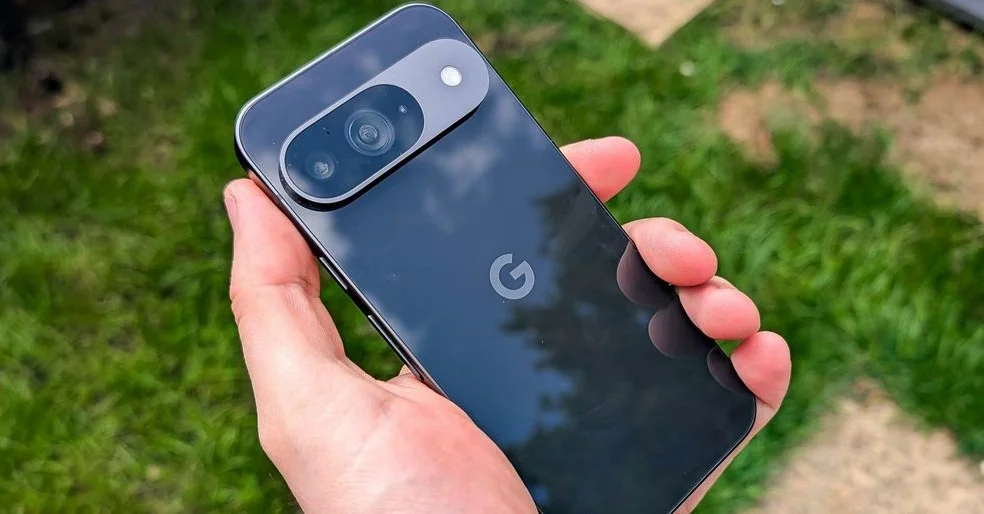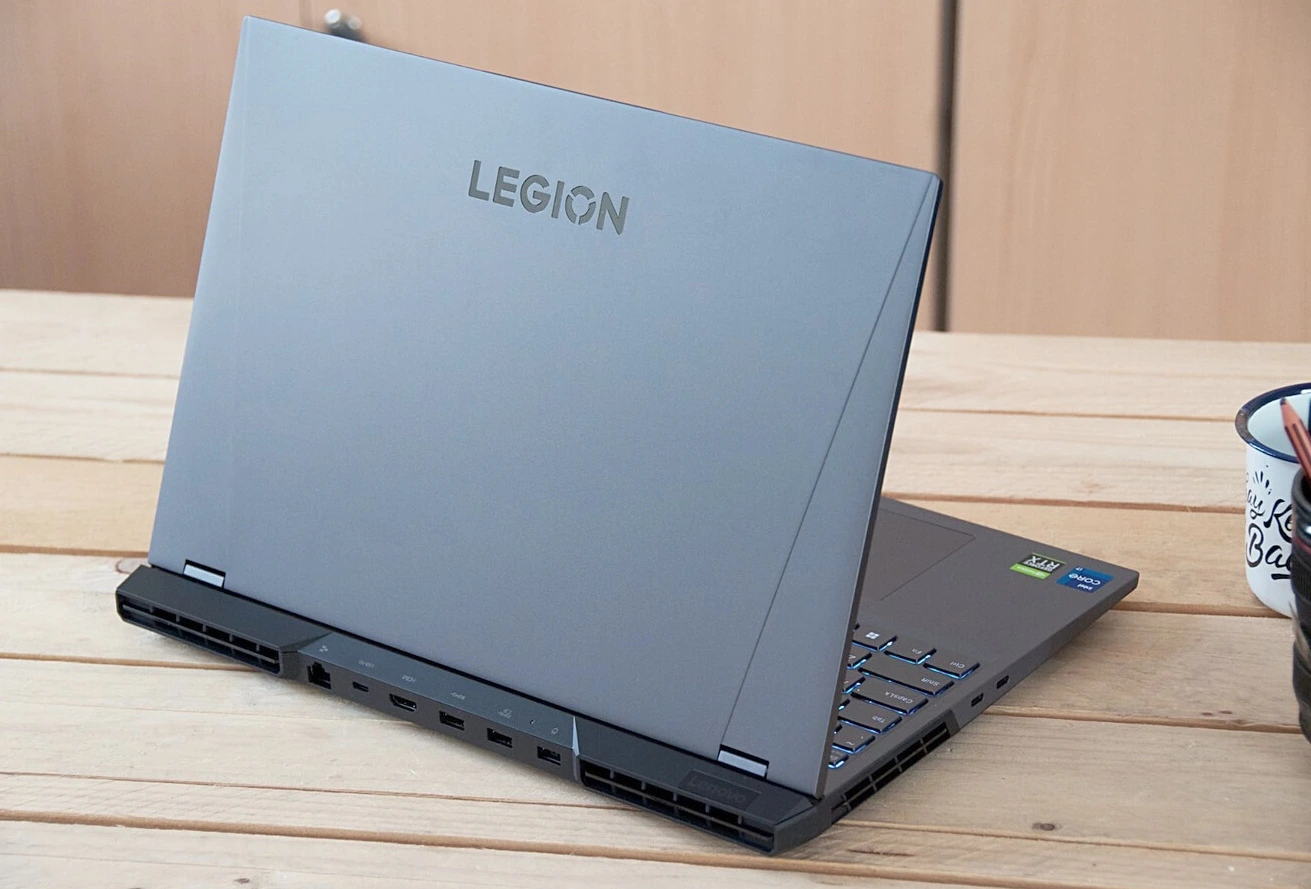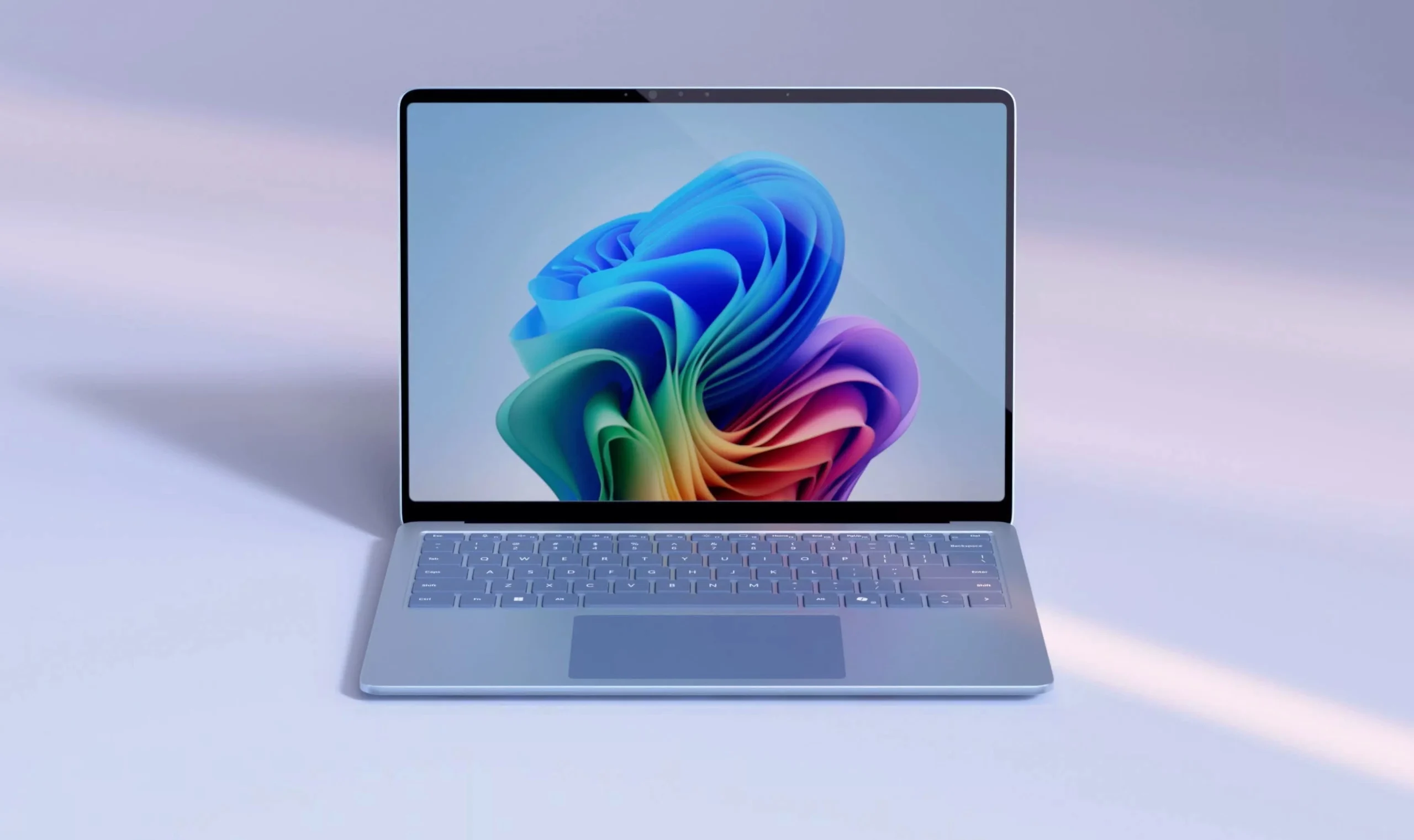The new generation of Google phones starts with the Google Pixel 9, the smallest of the family. Year after year, the real innovations in the Pixels are becoming less noticeable on the outside and more noticeable on the inside.
Google Pixel phones tend to be a good preview of what we will see in the mobile phone market over the next year, especially in terms of software. The Pixel 9 is the American giant’s new compact alternative for those looking for the ultimate Android experience.
However, it is not a cheap phone: it costs 899 euros. Therefore, the fact that it bears the Google logo and offers a pure experience of its operating system is not the only thing you need to know to even consider buying it, right?
If WALL•E were a mobile phone, it would probably have this design
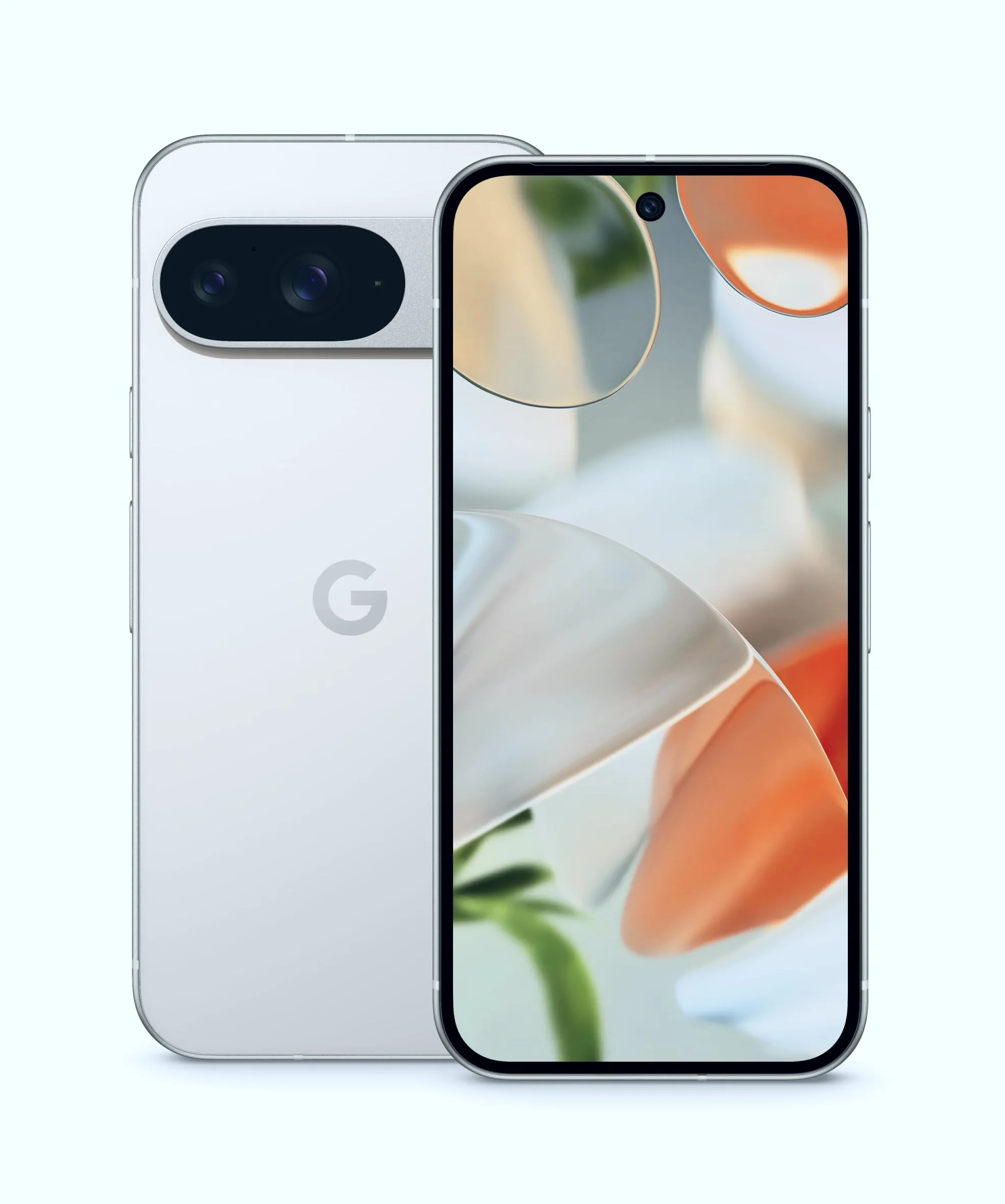
Google has continued with the horizontal main camera module design already seen in the previous generation of its smartphones.
Yes, it is a module that sticks out quite a lot but, honestly, who isn’t going to put a case on this handset? In the end, the case ends up matching the thickness of the device with that of the cameras.
The power and volume buttons are on the right, they are easily accessible without having to hold the phone. Below are the stereo speaker, the Type-C charging port and the SIM tray.
I find it a comfortable mobile to use on a day-to-day basis, with a green color on the back that suits it perfectly and, in addition, it has an anti-fingerprint treatment that I can confirm repels finger stains very well.
Of course, if I compare it with the Google Pixel 8 Pro, I get the feeling that the Pixel 9 has a more subdued design on its metal edges, something less characteristic of what I would expect if I spend this kind of money on a phone.
Also, I have to tell you something as I prepare the other review: the Pixel 9 Pro, the big brother of the family, has a design that I personally found much more premium, with shiny metallic edges that do give it a more attractive finish in this sense.
By the way! It is water resistant with IP68 certification.
The screen you expect to find in a high-end mobile
The screen of the Google Pixel 9 is a common suspect in the mobile phone market: It has a 6.3-inch OLED panel with a resolution of 2,424 x 1,080 pixels, a refresh rate of up to 120 Hz, a brightness of 1,800 nits (maximum peak of 2,700 nits) and Gorilla Glass Victus 2 protection.
This panel looks great in multimedia use. The screen comes with adaptive color mode as standard, I didn’t think the contrasts were too excessive, so I left it that way while I was using it.
The screen bezels are very slightly larger than, for example, those of the Pixel 8 Pro (there the screen occupied 87.4% of the front panel, while here it is 86.1%), but hey, you don’t even notice it in everyday use.
The brightness of the screen seemed more than sufficient for outdoor use.
In the settings section, there is a “Fluid display” option that allows the refresh rate to be automatically increased to 120 Hz when the content allows it (it comes deactivated from the factory).
As for the sound, the speaker performs well even at high volume levels and maintains clean audio quality.
A processor designed to take advantage of AI

The Pixel 9 is not designed to compete with the most powerful phones on the market. Although it is equipped with Google’s latest processor, the 4-nanometer Tensor G4 with 12 GB of RAM, performance tests (and my day-to-day experience of using it) show that it is a device that is in the middle of the table.
Its processor is very focused on providing fluidity to all tasks related to artificial intelligence, which consume an awful lot of resources and, under other conditions, would surely not be able to run as fast as they do here.
On a day-to-day basis, it works efficiently and it clearly doesn’t struggle with any of the applications that we all use on a daily basis, but I have noticed that sometimes it falters a little in fluidity and there are times when I get the feeling that the 8 Pro works faster.
I guess that’s the price you pay for having a phone bristling with AI.
This phone is sold in versions with 128 and 256 GB of internal storage, UFS 3.1 technology and no possibility of expansion via external card.
Naughty, Google, naughty: there is a non-existent third lens with double magnification zoom which, curiously, gives very good results
The Google Pixel 9 only has two sensors, but it does a very good job via software to simulate the existence of a third double-magnification lens that isn’t really there:
Main camera: 50 megapixels, f/1.7 and 25 mm
Wide-angle camera: 48 megapixels, f/1.7
As is often the case with Google phones, the camera offers excellent results in good light. I always get the feeling that it is the closest camera experience to the iPhone that you can find on the market.
The dual-magnification digital zoom totally passes for a real lens, so much so that I have decided to compare how it works in the Pixel 9 Pro review to see the differences.
The night photography has left me a little more cold. Google has been poking around in this aspect of its cameras for a few generations now, and I don’t see that they have managed to give their sensors stable behavior at night, as sometimes excessive noise or flashes completely ruin the photograph
There is a bit of a camera in this AI: Include me, never again will the photographer be left out of the photo
Include Me is one of the Pixel 9’s most striking AI features when it comes to taking pictures.
It’s a camera mode that allows you to take a photo of a group of people and then ask anyone who has already been photographed to repeat the photo but now with you in it.
Later on I’ll tell you about Magic Editor, one of the most interesting AI functions for the photographic section of this phone (it’s the one I liked the most). But I’ll leave that for the software section.
Regarding all these camera functions, I have to say that something very basic is still missing from the interface: that they are accessible without having to jump from one mode to another, and without navigating through 15 different menus to get to them.
The average user doesn’t want to spend five minutes taking a photo because they’re not going to be trying out the different camera modes available. They simply want to press the shutter button and get the best shot possible.
Now that AI is everywhere, it’s time for Google to get its act together and update its camera app so that these “additional” modes (Include Me or everything related to editing photos with artificial intelligence) are activated and as accessible as choosing between shooting a normal photo or a selfie portrait.
Furthermore, some of the most powerful new features (Zoom Enhance or Super Res Zoom Video) are only available on the Pro models.
Pure Android experience now loaded with artificial intelligence
I’m not going to tell you anything you don’t know about Android 14. I’ll just tell you that, in this generation, Google guarantees up to seven years of operating system updates (including security updates).
The interesting thing is in the functions related to AI (artificial intelligence). I’ll tell you what I’ve found:
Gemini is your new mobile assistant

2024 will finally be the year when we leave behind us the useless voice assistants on our mobile phones and make the leap to assistants with AI.
The Pixel 9 comes with Gemini as its default assistant, so you have Google’s artificial intelligence at your disposal to answer any questions you may have. What’s more, it will become increasingly integrated with your applications.
the results are far from perfect. But if a mobile phone is now capable of doing these photo edits in a couple of steps, I can’t even imagine what we’ll see in 2025.
But there are also many AI functions on the Pixel 9 that are not available In certain countries
There are functions announced by Google at the presentation of these phones that, at least at the time of this test, are not available in Spain.
One of them is Pixel Studio, which is an image generator with AI integrated into the phone in the purest style of DALL-E or ChatGPT. There is no trace of it on the device in this test unit. Nor does the image generation in Gemini in Spanish work.
The other is Pixel Screenshots, which is a feature that allows you to use AI to search through your screenshots by text. It’s like asking your screenshots whatever you want: for example, what gift idea did I save for my partner?
I did manage to activate this last application in particular by changing the phone’s language to English, but of course, this is not what is expected.
Another of the great new features with AI on the Pixels, the Call Notes function for recording and transcribing your calls of more than 30 seconds, is also not available at the time of this analysis.
In general, my location (a European country) and my language (Spanish) have proved to be a limitation in being able to get the most out of this device.
The battery is good but I miss better fast charging and more autonomy
The Pixel 9 comes with a 4,700 mAh battery, 27W fast charging and wireless charging up to 15W.
The truth is that, accustomed as I am to larger battery capacities, the autonomy of the Pixel 9 has left me indifferent. If you are a very-very demanding user, you might be in a hurry at the end of the day.
Once again, the Pixel 8 Pro has the edge over its new little brother, as it has better fast charging (30W) and better wireless charging (23W). Even the Pixel 8 had wireless charging up to 18W, why have we gone backwards?
By the way, you can also share the battery to wirelessly charge other devices from the back of the Pixel. What I don’t like is that you have to keep activating this function every so often, as it deactivates by default very often.
Of course, the charger doesn’t come in the box. Is there still any manufacturer out there that does include it?
Verdict: the Pixel 9 is a tremendously fun phone, but you’ll probably be more interested in the Pro if you’re a demanding user
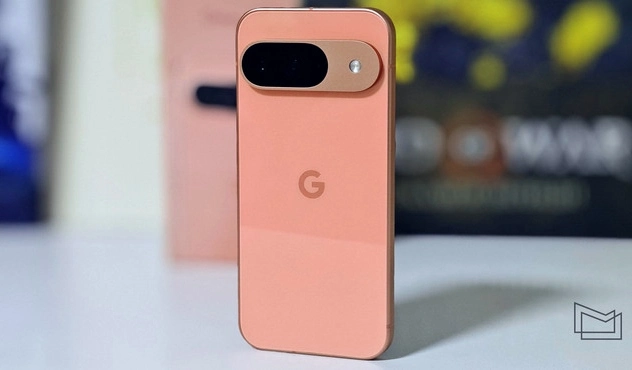
Once again, Google has made a product that reminds us of everything we’re missing out on in terms of software if we opt for an Android phone other than the Pixel.
The Pixel 9 is a fantastic phone for those who want to experience the company’s latest technology in a small package. Although it is not the fastest phone or the one with the best battery, the fact is that its commitment to artificial intelligence in photography makes it a good purchase candidate for technology lovers.
The downside? The fact that Google is leaving the AI game in its total functionality to a market as large as the European one, and in general the Spanish-speaking one, seems to me to put us at a clear disadvantage compared to US users who, for the same price (even cheaper), will be able to get much more out of their Pixel 9. What a shame!
Also, if size is not a problem for you, I recommend that you consider stretching your budget and making the leap to the Pixel 9 Pro, which includes a longer battery life, an additional lens on the camera and a more elegant design, in my opinion.

